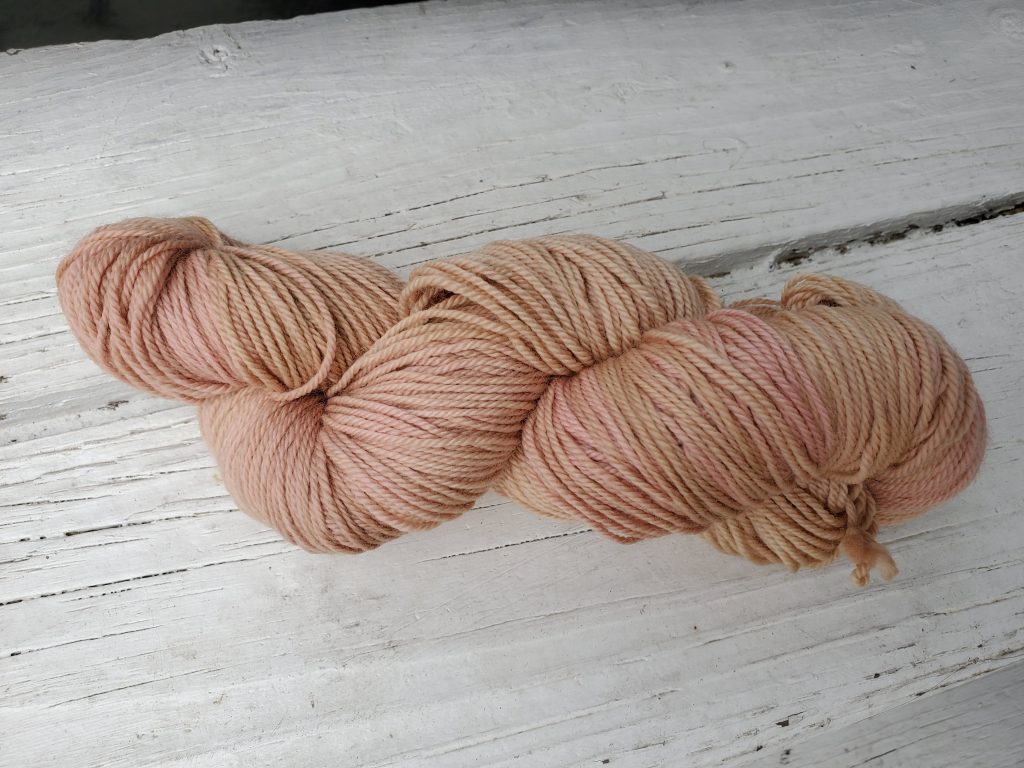
Sometimes I get an idea – an itch I just have to scratch. This is, of course, how I usually end up with a new hobby. Though this is more… an expansion of my knitting hobby.
Dyeing yarn is, surprisingly, far easier than you might think. Most commercial yarns are dyed with acid dyes, which require dedicated equipment you won’t want to cook your food with, but you can dye your own right at home with things you probably have in your cabinet already. Have you ever dyed Easter eggs? Same concept! Wool is quite easily dyed with some water, a bit of vinegar, and some food coloring if you’re so inclined to try it.
I decided to try out a new tactic this round and play with some natural dye. I have, for a few months now, been hoarding avocado peels and pits just for the occasion, hoping to achieve a pretty pink-ish hue. With a friend due with a baby girl this fall, it seemed like a perfect time to dig out the avocado and some yarn and put this thing to the test in hopes of gifting the new baby the sweetest little knits to wear over winter.
I’m going to be perfectly honest here: I totally winged this. I didn’t really follow any directions, and I didn’t measure out anything I added to the dye pot. There were about 4 avocados worth of skins and pits, and a hodge podge mix of things added to the dye bath as the yarn soaked for mordanting (that’s what makes the color “stick” to the fiber). And then, after letting the finished yarn hang outside to dry a bit, I decided I wanted a bit of a brighter pink hue and I tossed some burgundy icing coloring in with some water and vinegar and tucked a few chunks of the skein in that to soak up the brighter pink dye.
It turned out to be the loveliest skein of yarn I have ever made…. which I will probably never ever be able to repeat again. That’s the thing with natural dyes – there are so many variables that go into the hue and depth of color you get from natural materials. Some plants produce more color than others, and it often depends on not just the actual amount of material you use but also the growing conditions in which those materials were in and so many other factors.


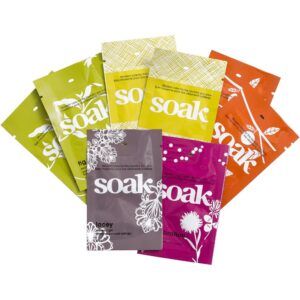
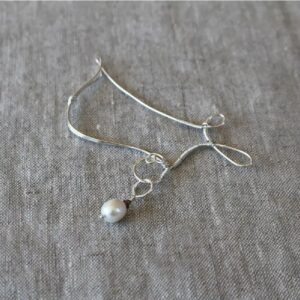

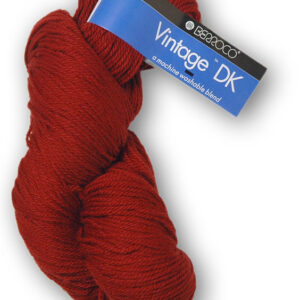
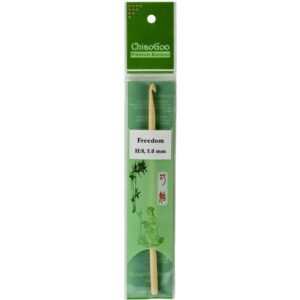
Leave a Comment